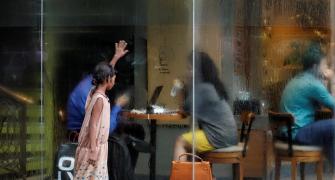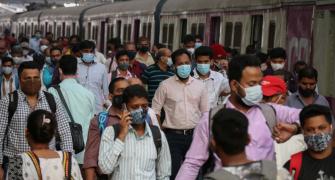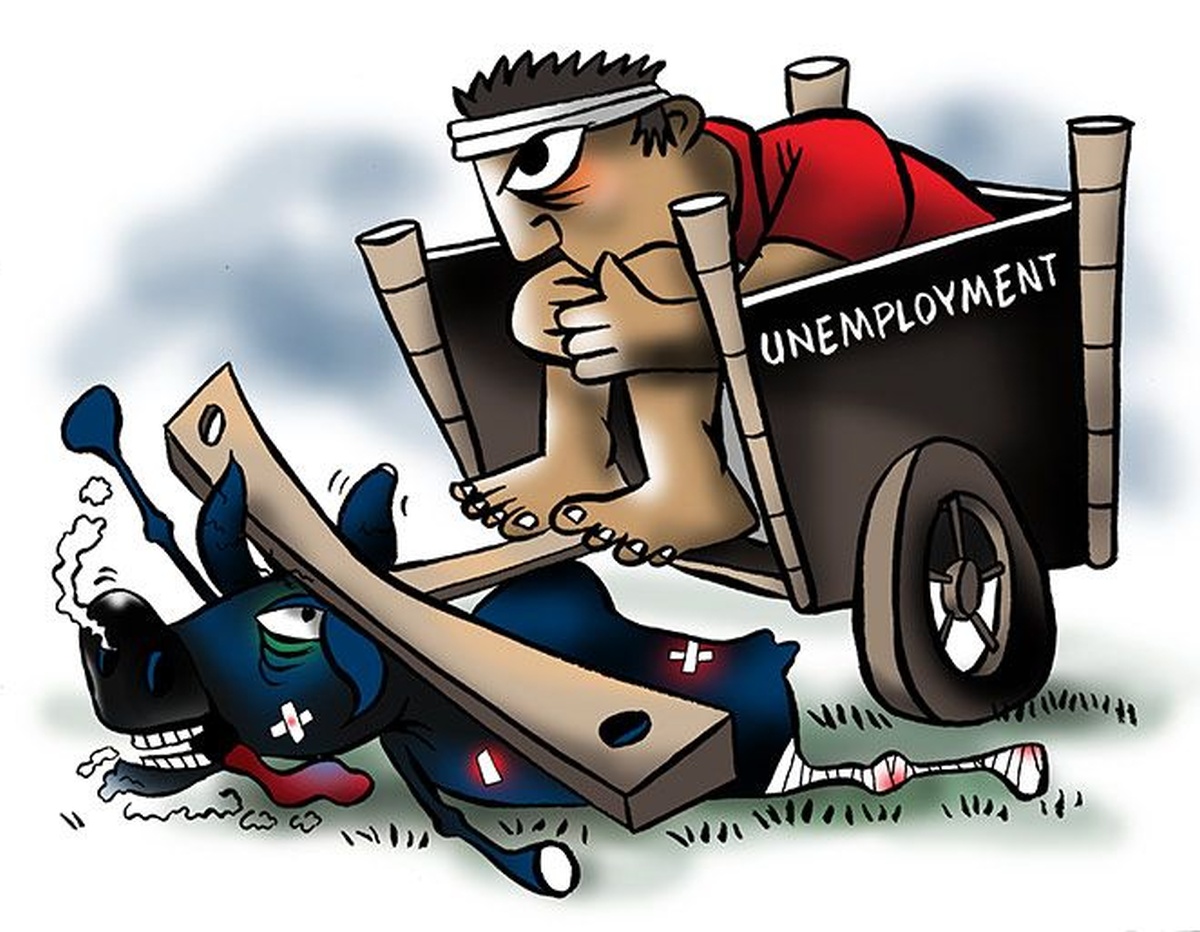Only West Asia and North Africa have a lower employment rate than India, points out Mahesh Vyas.

The unemployment rate is not India's most important labour market indicator.
The unemployment rate was 7.9 per cent in December 2021.
This does not mean that the remaining 92.1 per cent were employed.
It does not even mean that 92.1 per cent of all working-age people were employed.
The unemployment rate merely tells us the proportion of the working-age population that wants to be employed to earn some wages or profits through its work but in spite of its efforts to find employment is unable to do so.
The unemployment rate does not take into account those who do not want to be employed and those who do not try to find work.
In a sense, the unemployment rate assumes that most, though not all, working-age people will express their desire to work by looking for employment.
The problem in India is that most adults do not express a desire to work to earn wages or profits.
This reluctance to work on the part of the majority of adults makes the unemployment rate a less useful indicator of the health of the economy than it is imagined to be.
The employment rate is a more useful indicator. It is a ratio of the employed to the total working-age population.
The employment rate is a measure of success.
India's success rate on this count is low.
While the global rate was 55 per cent in the pandemic-hit 2020 (it was 58 per cent in 2019), India recorded a low of 43 per cent.
Only West Asia and North Africa by World Bank classification have a lower employment rate than India.
The employment rate in Bangladesh is 53 per cent, in China, it is 63 per cent and in Pakistan, 48 per cent. It boggles the mind that India has such a low employment rate.
This data is from the World Bank. According to CMIE's relatively stringent definition of employment, the employment rate in India is lower, at 38 per cent.
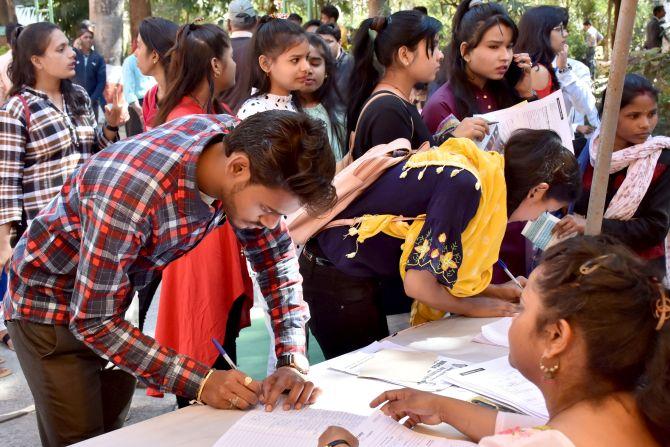
If only 38 per cent of the working-age population is employed and only another 3 per cent wants to work but cannot find work (unemployed as per cent of working-age population), then implicitly 59 per cent of the working-age population does not want to work.
India's path to prosperity is in finding employment for not only the 3 per cent who are unemployed but also a significant chunk of the remaining 59 per cent of the population.
To reach global employment rate standards, India needs to employ an additional 187.5 million people. Given the current employment of the order of 406 million, that is a tall order.
A more immediate challenge is to provide employment to the 7.9 per cent who make for the unemployment rate.
Their number stood at 35 million in December 2021. They were not employed and were actively looking for employment.
An equally important challenge is to provide employment to the additional 17 million who were also not employed and were willing to work if work was available although they were not actively looking for it.
This difference between those who were actively looking for work and those who were not is important to understand the nature of unemployment in India.
The composition of the 35 million actively looking for work is different from the composition of the 17 million who do express their willingness to work but also admit to their lack of active effort to find work.
In December 2021, of the 35 million unemployed who were actively looking for work, 23 per cent were women.
And, of the 17 million who were passively unemployed, 53 per cent were women.
In absolute terms, while 8 million women were actively looking for work, a larger 9 million were also willing to work although they were not actively looking for work.
It is worth investigating why such a large number of women who tell interviewers that they are willing to work are not actively applying for work or making other efforts in finding work.
Is it lack of availability of jobs or is it lack of social support for women to join the labour force?
The age composition of the unemployed presents a similarly enigmatic picture.
The unemployed who are actively looking for work are predominantly in their twenties (85 per cent).
But only 37 per cent of the passively unemployed are in their twenties.
People of a relatively tender age are the puzzle.
There were 4 million youngsters between 15 and 19 years of age who were actively looking for work, but were unemployed.
They accounted for 11 per cent of all the unemployed who were looking for work.
In comparison, there were 7 million youngsters between 15 and 19 years of age who were willing to work but were not actively looking for work.
They accounted for a massive 41 per cent of all the passively unemployed persons.
Why are so many young boys and girls keen to work but are not actively looking for work? It is evident that they do feel the need to work but seem to not feel motivated to actively look for jobs.
This could again be a case of lack of adequate jobs being available to the point where potential workers feel discouraged from actively looking for them.
India's unemployment problem is not reflected in its unemployment rate.
Its problem is in the low employment rate and its discouraged young female labour force.
Mahesh Vyas is MD & CEO, CMIE P Ltd
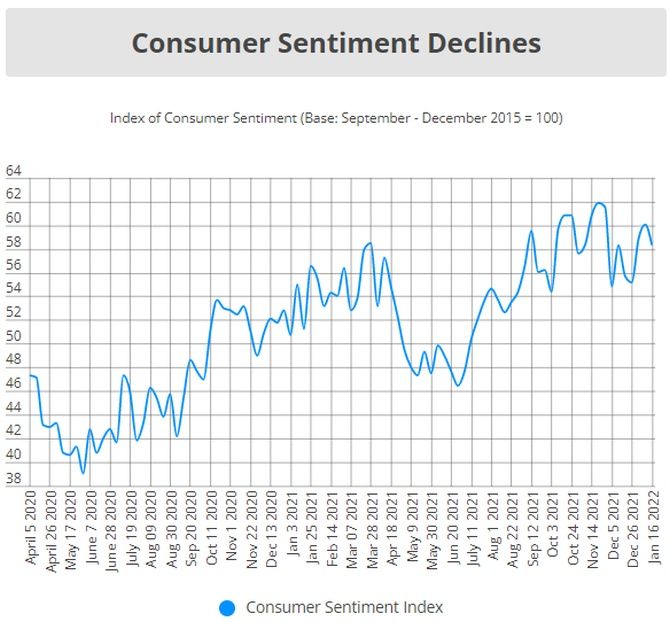
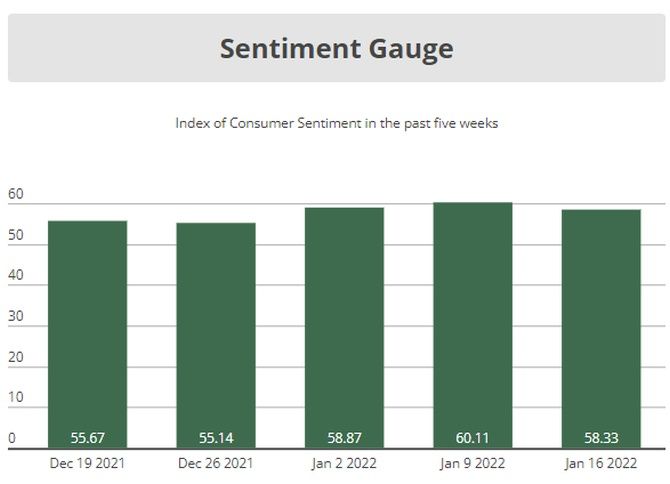


Feature Presentation: Rajesh Alva/Rediff.com


